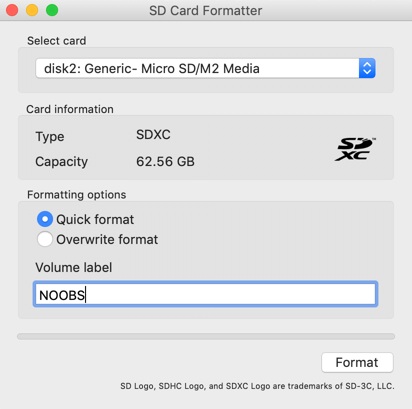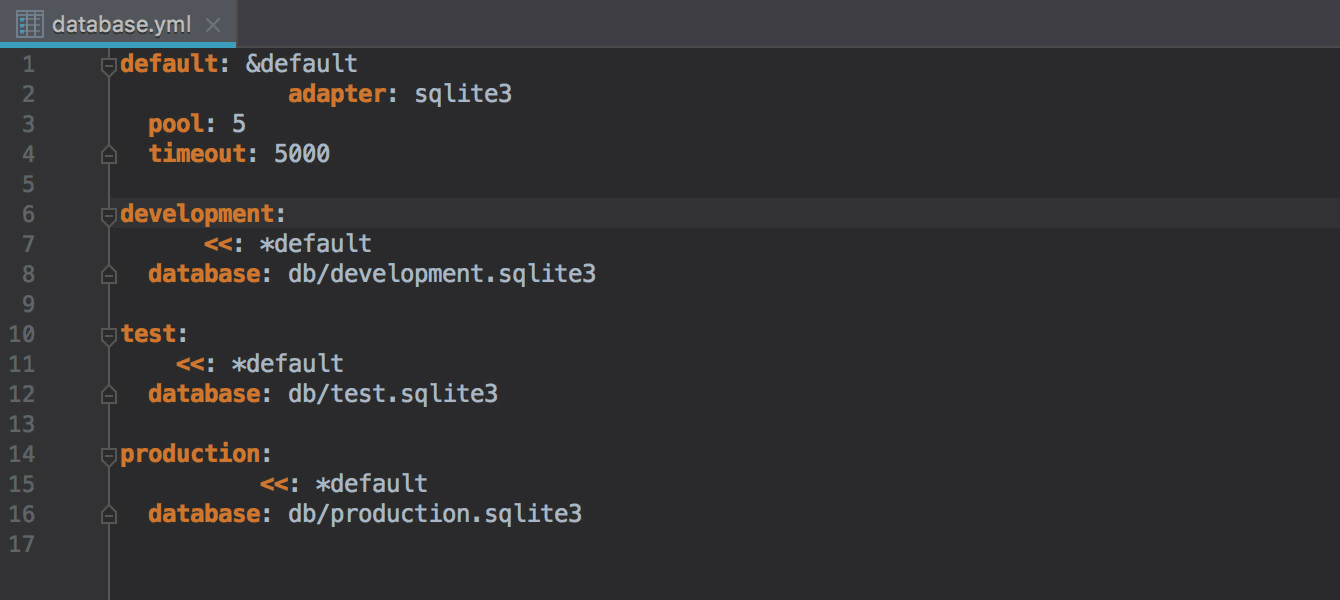

YAML is a widely used format for writing configuration files for different DevOps tools, programs, and applications because of its human-readable and intuitive syntax.

The data in the new format can be stored in a file or transmitted to another application or service over a network. In other words, serialization is about translating, converting, and wrapping up a data structure in another format. Serialization is a process where one application or service that has different data structures and is written in a different set of technologies can transfer data to another application using a standard format. YAML is a human-readable data serialization language, just like XML and JSON. YAML stands for YAML Ain't Markup Language, but it originally stood for Yet Another Markup Language. XML VS JSON VS YAML - What's The Difference?.You will also learn some of the rules and features of the language, along with its basic syntax. In this article, you will learn how YAML compares to XML and JSON - two languages also used for creating configuration files. Comments, ordering, quoting, and whitespace will now be preserved intact.YAML is one of the most popular languages for writing configuration files. He's not so bad, really.Ĭode = (inp, Loader=)Ĭode = 'Astarte' # Oh no you didn't. The optional Dumper= keyword parameter to yaml.dump().Īn example kindly "borrowed" from ruamel.yaml documentation: import ruamel.yaml.The optional Loader= keyword parameter to yaml.load().Roundtrip Preservation and What It Can Do for Youįor backward compatibility with PyYaml, the yaml.load() and yaml.dump() functions do not perform roundtrip preservation by default. The yaml.load() and yaml.dump() functions should continue to behave as expected.

This works because ruamel.yaml is a PyYAML fork that conforms to the PyYAML API. Switching from PyYAML to ruamel.yaml in existing applications is typically as simple as changing the library import to: from ruamel import yaml ruamel.yaml cleverly respects all input formatting.Discarded like so much digital refuse into the nearest available bit bucket. PyYAML naively ignores all input formatting – including comments, ordering, quoting, and whitespace.When calling yaml.dump() to dump a dictionary loaded by a prior call to yaml.load(): Since YAML 1.1 is not a strict superset of JSON, this is a good thing. In this case, this renders YAML 1.2 a strict superset of JSON. This is vital, as YAML 1.2 intentionally breaks backward compatibility with YAML 1.1 in several edge cases. I know maybe the original file it's not entirely correct, but I have no control over it (it's a Ruby-on-Rails i18n file). Then, after changing the key: with open(path, "w", encoding = "utf-8") as yaml_file:ĭump = pyyaml.dump(self.dict, default_flow_style = False, allow_unicode = True, encoding = None)įor example the qoutes and order. Python: with open(path, "r", encoding = "utf-8") as yaml_file: The problem is that I want to keep the file format post-dump, but it changes.įor example, I edit the key en. to say "Bye" instead of "Hello". yml file, modify or add a key, and then write it (. I know there are a few questions about this on StackOverflow, but I couldn't find what I was looking for.


 0 kommentar(er)
0 kommentar(er)
